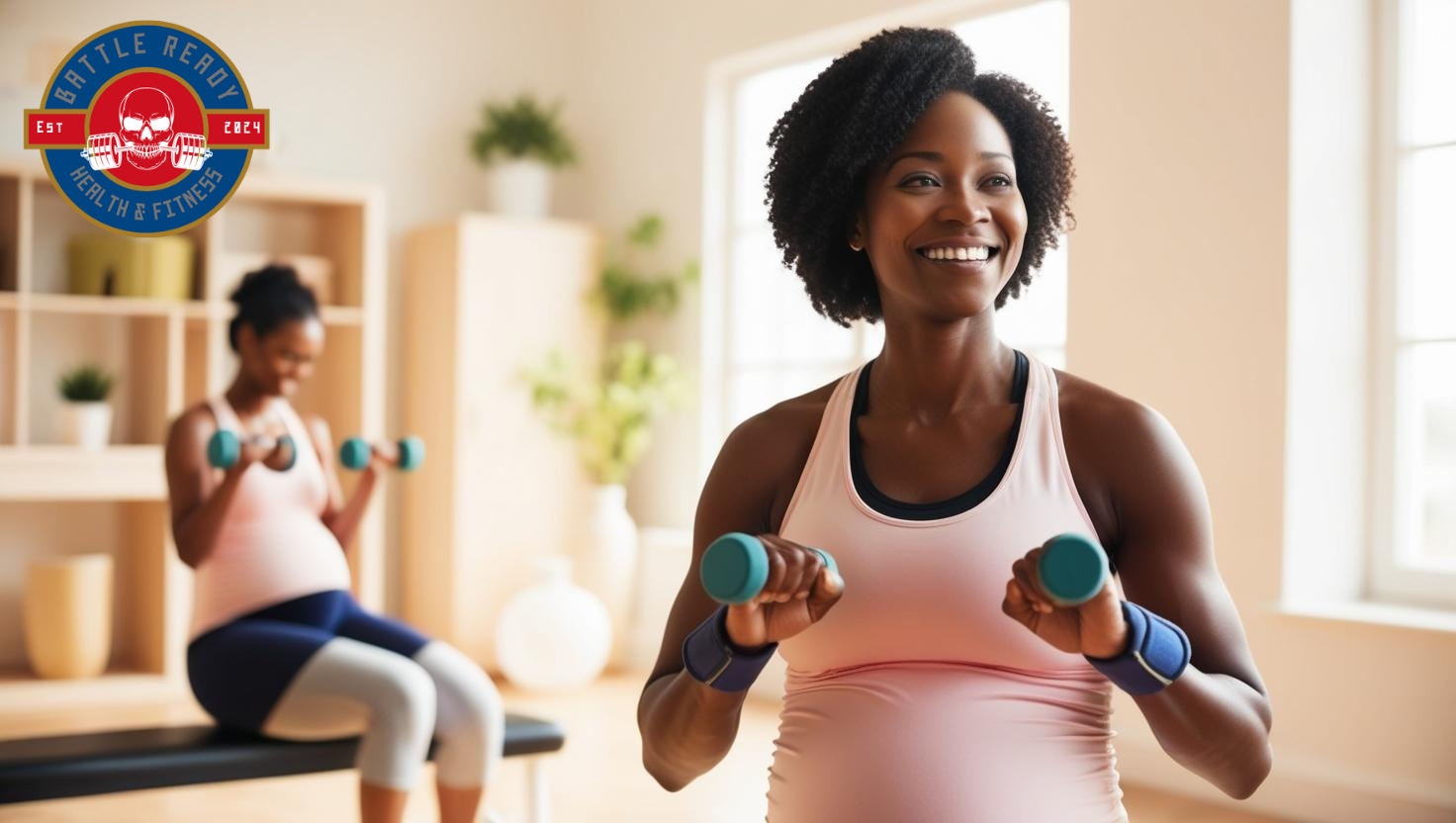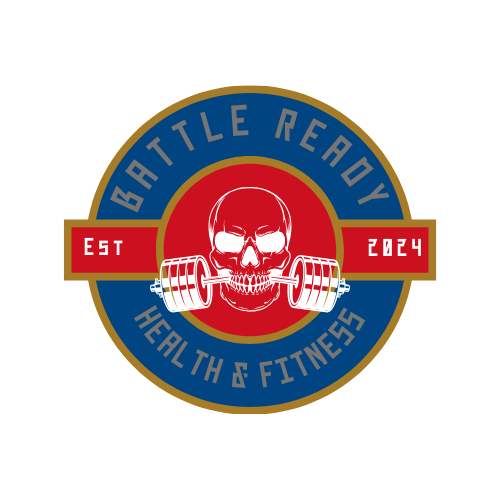How to Safely Train Your Core After Childbirth

Recently, a client of mine brought up an issue I hadn't heard talked about much: certain core exercises like reverse crunches and sit-ups were making her feel inflamed around her lower belly. She mentioned that her belly was bulging out despite all her discipline and commitment to her workouts. This was making her feel frustrated and discouraged. It got me curious, so I decided to dig deeper into why this was happening and what safer, more effective options might be out there to integrate into her exercise routines.
If you're a woman who's had a few kids — whether through a C-section or natural birth — you might notice that certain core exercises just don't feel right anymore. Movements like reverse crunches and sit-ups can cause inflammation and discomfort, especially around the midsection. And it's not just in your head; there's a real reason for it..
Why Some Core Exercises Cause Problems
Traditional core exercises like sit-ups increase intra-abdominal pressure. If you've got scar tissue from childbirth, that pressure can pull or stress those areas, making them feel inflamed or even painful. On top of that, many women develop diastasis recti (ab separation), and heavy flexion movements can make that worse if you're not careful (The Vag Whisperer, 2022).
The bulge you're seeing during ab exercises is likely due to pressure pushing through the weakened midline of your abdominal wall (the linea alba). The good news is, with the right exercises and awareness, you can heal and strengthen your core safely.
When you mix these physical changes with the body's natural healing process, it's no surprise that some movements just don't feel "right" anymore. Instead of pushing through the pain, it's smarter to adapt your workouts to support your body's current needs. That way, you can build strength without causing more irritation or setbacks.
Better Ways to Build a Strong Core
Instead of pushing through painful exercises, there are better, safer ways to rebuild your core strength. Here's what I recommend:
1. Diaphragmatic Breathing
- Helps activate your deep core muscles like the transverse abdominis and your pelvic floor.
- It's low stress but high reward when it comes to rebuilding real core stability (The Vag Whisperer, 2022).
2. Pelvic Tilts
- Start lying on your back with your knees bent, gently tilt your pelvis upward.
- It builds lower core strength without overloading your abs (NGHS, 2022).
3. Heel Slides
- Slide one heel away from you while keeping your core engaged.
- Great for activating the core without stressing the abdominal wall (Healthline, 2022).
4. Glute Bridges
- Keep your upper back on the floor and lift your hips.
- This strengthens the glutes and hamstrings, which support the core and low back (The Bump, 2022).
5. Bird-Dog
- From an all-fours position, extend opposite arm and leg.
- This challenges core stability without putting pressure on the midsection (Jessica Reale PT, 2022).
6. Oblique Crunches
- Performed lying on your back, twisting to bring your elbow toward the opposite knee.
- Targets the side core muscles (obliques) without putting too much pressure on the midline.
7. Kettlebell (KB) Side Bends
- Stand tall holding a kettlebell in one hand, then slowly lean sideways.
- This strengthens the obliques and improves lateral stability.
8. Side Planks
- Lying on one side and lifting your hips off the ground.
- Great for building strong obliques and deep core stability without stressing scar tissue.
Adding in oblique-focused exercises like side bends and planks can also help create a balanced core. Strong obliques not only support
your abs from the sides but also take some of the pressure off the front line of your body, helping you move better and feel stronger overall.
Don’t Forget About Scar Tissue
A lot of postpartum discomfort comes from tight scar tissue. Gentle scar massage — like doing small circles around the scar once it’s fully healed — can help improve mobility and reduce that tight feeling. If you're not sure where to start, it's always smart to check in with a healthcare provider first.
When to Bring in a Specialist
If core work keeps causing discomfort no matter what adjustments you make, it might be time to bring in a pelvic floor physical therapist. They can check for deeper issues like diastasis recti, scar adhesions, or pelvic floor dysfunction and put together a customized plan (Jessica Reale PT, 2022).
The Bottom Line
If you're feeling discomfort when doing traditional core exercises after having kids, you're not alone — and you don't have to just "deal with it." Switching to safer exercises, focusing on deep core and oblique work, paying attention to scar tissue, and asking for help when needed can make all the difference. With the right moves, you can rebuild a strong, stable core without setting yourself back.
It’s about working smarter, not harder. Listen to your body, make smart choices, and you’ll not only recover better but come back even stronger.
References:
- The Vag Whisperer. (2022). 5 Exercises to Strengthen Your Core After C-Section. Retrieved from https://thevagwhisperer.com/2022/03/20/5-exercises-to-strengthen-your-core-after-c-section/
- Northeast Georgia Health System (NGHS). (2022). Hernia Exercises. Retrieved from https://www.nghs.com/hernia/exercises
- Healthline. (2022). C-Section Recovery Exercises. Retrieved from https://www.healthline.com/health/pregnancy/c-section-recovery-exercises
- The Bump. (2022). Ab Exercises After C-Section. Retrieved from https://www.thebump.com/a/ab-exercises-after-c-section
- Jessica Reale PT. (2022). C-Section Recovery and Core Exercises. Retrieved from https://jessicarealept.com/category/c-sections/



